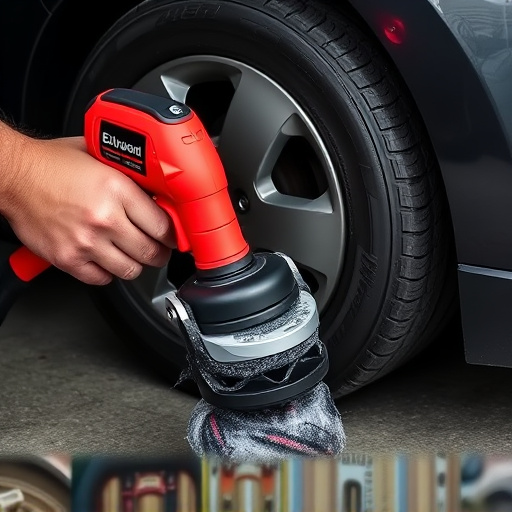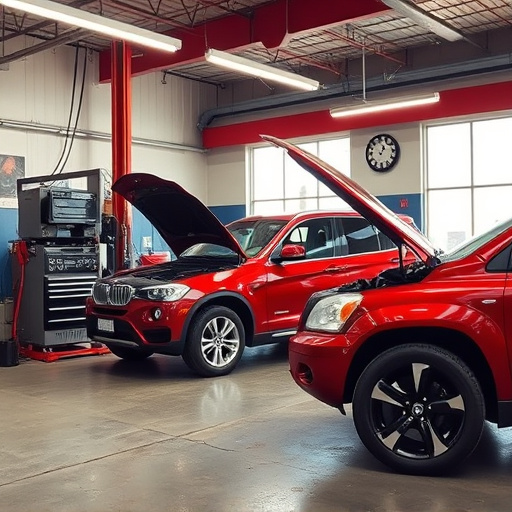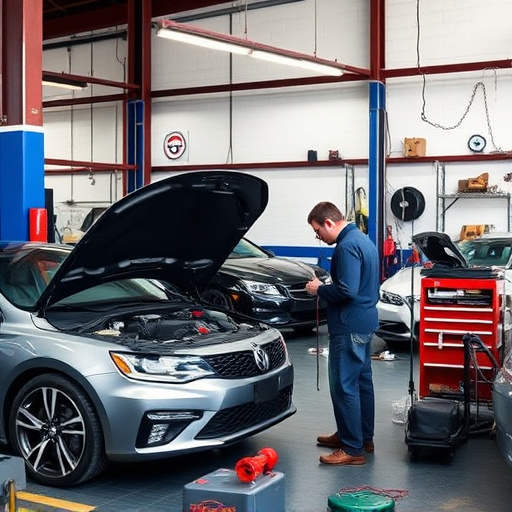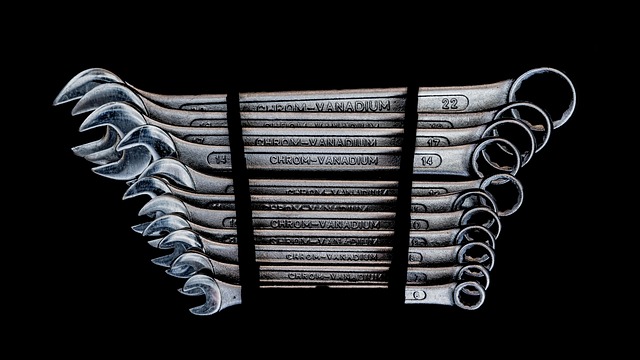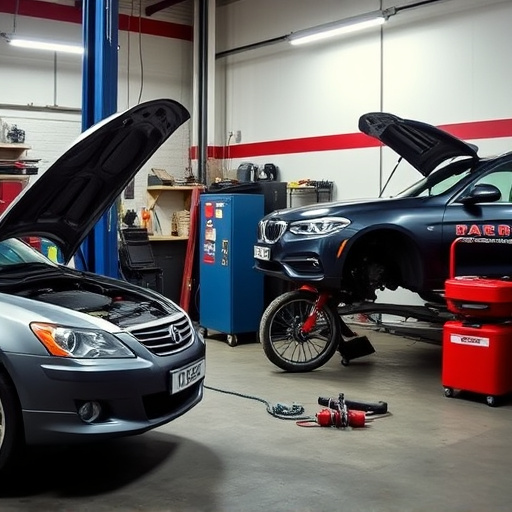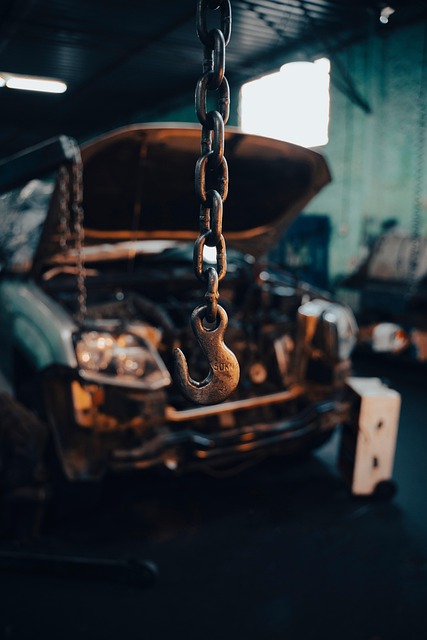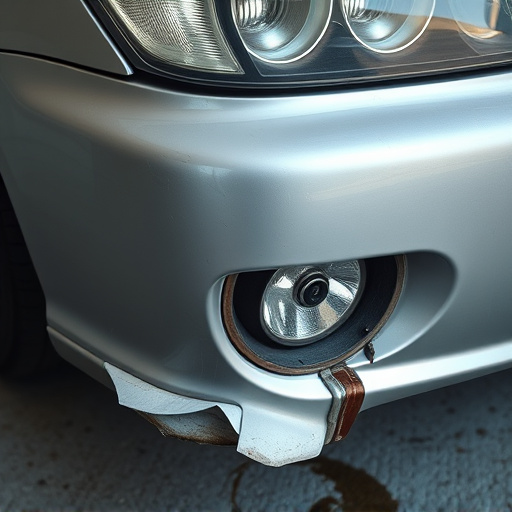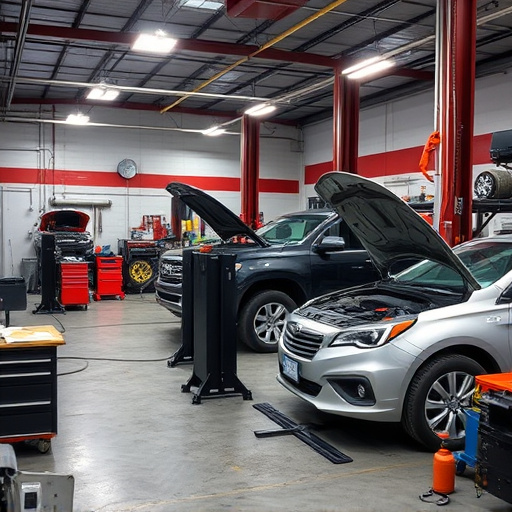Customer feedback is a powerful tool for dashboard repair collision businesses, offering insights beyond quantitative data. By analyzing reviews, body shops can identify hidden issues like communication problems or long wait times, driving improvements in their services. Actively incorporating feedback optimizes customer experiences, enhances satisfaction, and fosters loyalty, giving these businesses an edge in the market. Measuring success through tracking systems ensures high-quality repairs, faster service times, better communication, and superior aesthetics, ultimately leading to increased competitiveness and positive word-of-mouth recommendations for dashboard repair collision services.
In today’s competitive market, understanding customer feedback is crucial for enhancing dashboard repair collision services. This article explores how businesses can leverage client insights to optimize their operations. We delve into strategies for identifying customer needs and pain points through feedback, implementing actionable changes, and measuring success by tracking improvements and heightened customer satisfaction. By embracing these practices, dashboard repair services can stand out for delivering superior experiences.
- Understanding Customer Needs and Pain Points Through Feedback
- Implementing Feedback to Enhance Dashboard Repair Processes
- Measuring Success: Tracking Improvements and Customer Satisfaction
Understanding Customer Needs and Pain Points Through Feedback

Customer feedback is a treasure trove for any business aiming to excel in its dashboard repair collision services. By listening to and understanding customer needs, pain points, and experiences, body shops can gain valuable insights into what truly matters to their clients. This qualitative data often reveals unexpected issues or unmet expectations that quantitative metrics might miss.
For instance, while a customer might rate the quality of the repair as excellent, they may also share concerns about the lengthy wait times or lack of communication during the process. These feedbacks highlight areas for improvement, such as streamlining workflows to reduce turnaround time or implementing better communication strategies. By addressing these specific pain points, body shops can enhance client satisfaction and foster loyalty in their car restoration and Mercedes Benz repair services, thereby ensuring a competitive edge in the market.
Implementing Feedback to Enhance Dashboard Repair Processes

Implementing customer feedback is a powerful strategy to optimize dashboard repair collision services, ensuring top-notch quality and client satisfaction. By actively listening to customers’ experiences, auto body repair shops can identify areas that require enhancement in their vehicle repair services. For instance, positive feedback about efficient communication during the repair process can inspire further investment in training staff to provide regular updates to clients. Conversely, complaints related to long wait times or unclear pricing structures should prompt immediate action to streamline operations and offer more transparent auto glass repair solutions.
This data-driven approach allows for continuous improvement in dashboard repair techniques and overall customer journey. Incorporating feedback into their processes enables these shops to stay agile and responsive to the evolving needs of clients, setting them apart from competitors in the market. As a result, they can enhance their reputation as reliable providers of not just dashboard repair collision services but also comprehensive auto body repair solutions.
Measuring Success: Tracking Improvements and Customer Satisfaction

Measuring success is a vital aspect of any service-oriented industry, especially when it comes to dashboard repair collision services. By implementing robust tracking systems, collision repair shops can gauge their progress in enhancing customer experiences and ensuring high-quality repairs. This involves regularly collecting and analyzing feedback from clients who have availed of auto glass repair or car collision repair services.
Through this data, shops can identify areas that require improvement, whether it’s expediting service times, improving communication during the repair process, or achieving higher standards in aesthetics and functionality after a dashboard repair. Ultimately, tracking improvements and customer satisfaction ensures that the collision repair shop remains competitive and delivers exceptional results, fostering client loyalty and word-of-mouth recommendations for services like auto glass repair and car collision repair.
By actively listening to and incorporating customer feedback, dashboard repair collision services can significantly enhance their operations. Understanding pain points and needs through direct communication allows for targeted improvements in processes, ultimately leading to better customer satisfaction. Regularly tracking these enhancements ensures the business remains responsive to its clients’ evolving demands, solidifying its reputation as a reliable and customer-centric provider of dashboard repair solutions.
